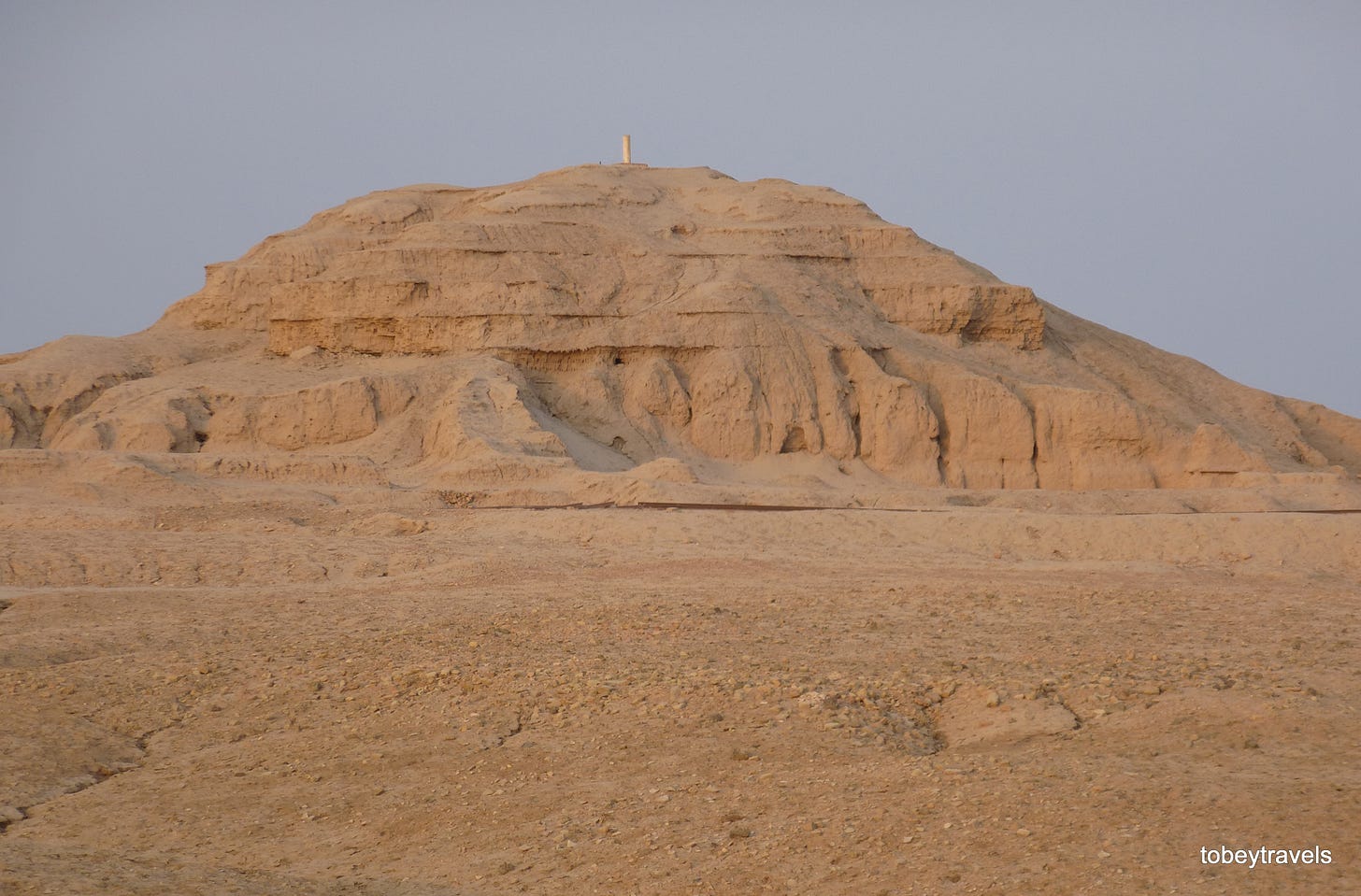Founding the First Cities: Eridu, Uruk, Ur, Nippur, Kish
SUMERIAN EMPIRE SERIES: “The First Known Civilization” 4500–1900 BCE Article 3
The emergence of the world’s first cities marked a revolutionary transformation in human life. Rather than small farming villages or mobile clans, people in ancient southern Mesopotamia began to live in large, permanent settlements with central governments, specialized labor, monumental temples, and dense populations. These urban centers were not the accidental result of growth—they were carefully planned hubs of civilization. Among the earliest and most influential Sumerian cities were Eridu, Uruk, Ur, Nippur, and Kish, each playing a distinct role in the birth of human civilization.
What Makes a City?
Before exploring each city, it’s important to understand what defined a Sumerian “city.” Archaeologically, a city in this era (c. 4000–3000 BCE) is characterized by:
Monumental architecture (especially temples)
Organized street systems
Dense urban population
Administrative buildings
Large-scale craft production
Religious centers
These weren’t just large villages—they were the first centralized systems with government, religion, economy, and infrastructure[1].
Cylinder seal showing Enki (god of wisdom and water) with attendants, Akkadian period. Enki was the patron deity of Eridu, believed to have lived in the city’s sacred temple.
Eridu: The First City of Idol Gods
Often called the oldest city in the world, Eridu was founded around 5400 BCE near the southern edge of the Mesopotamian marshes, in what is now modern-day Dhi Qar Governorate, southern Iraq. According to the Sumerian King List and religious texts, Eridu was the first city ever created, and it held divine significance as the dwelling place of Enki, god of wisdom and water[2].
Key Features:
The Eridu temple (E-Abzu), rebuilt at least 16 times on the same site over 3,000 years[3]
Complex stratigraphy showing evolving religious architecture
Likely governed by priests, not kings, in its early history
Eridu was more spiritual than political. It laid the religious foundation for urban life and symbolized the sacred relationship between humans and divine order.
The Ziggurat of Uruk: A remnant of ancient Uruk's monumental architecture, reflecting the city's early advancements in urban planning and religious structures.
Keep reading with a 7-day free trial
Subscribe to VEINS OF TRUTH to keep reading this post and get 7 days of free access to the full post archives.



